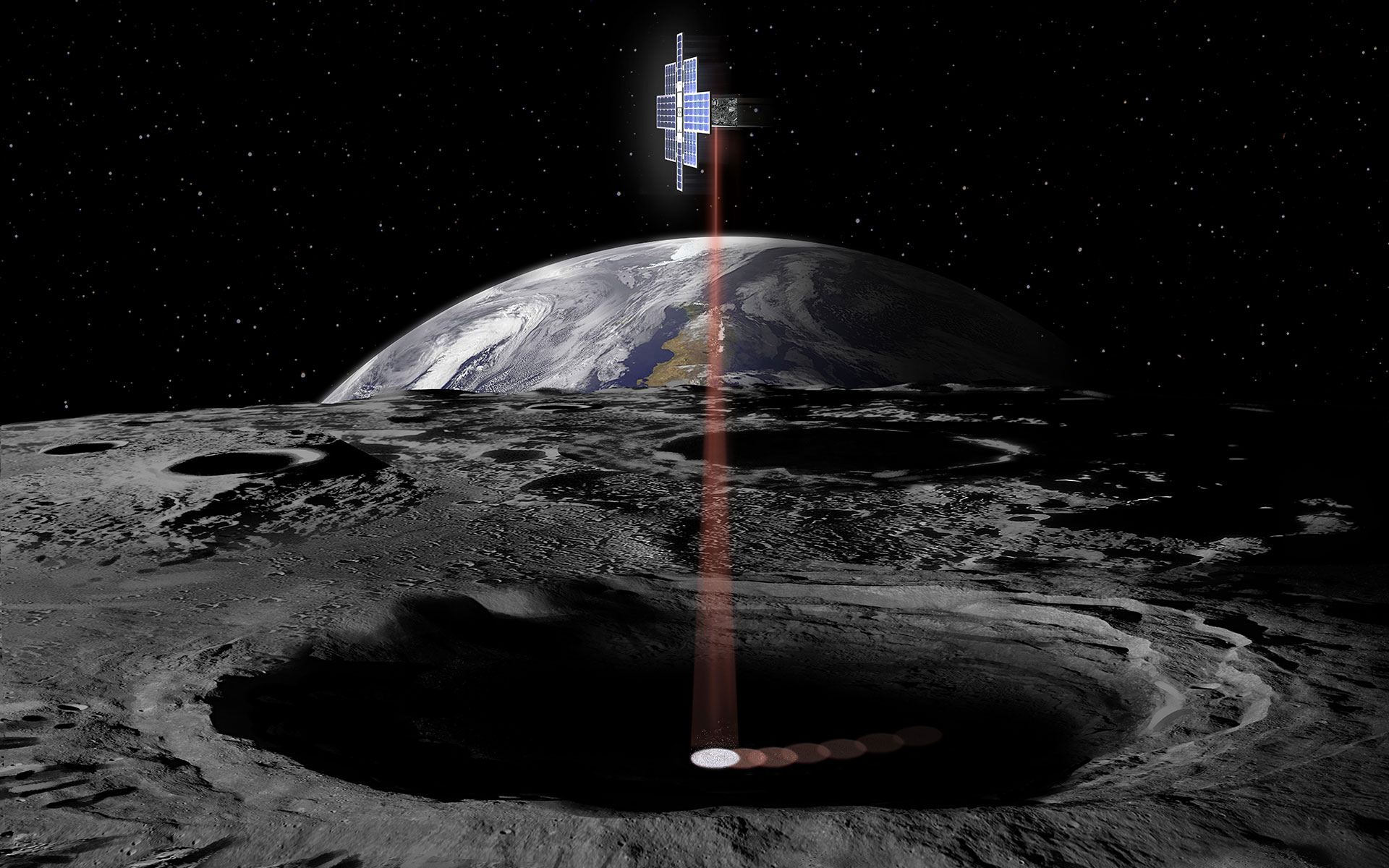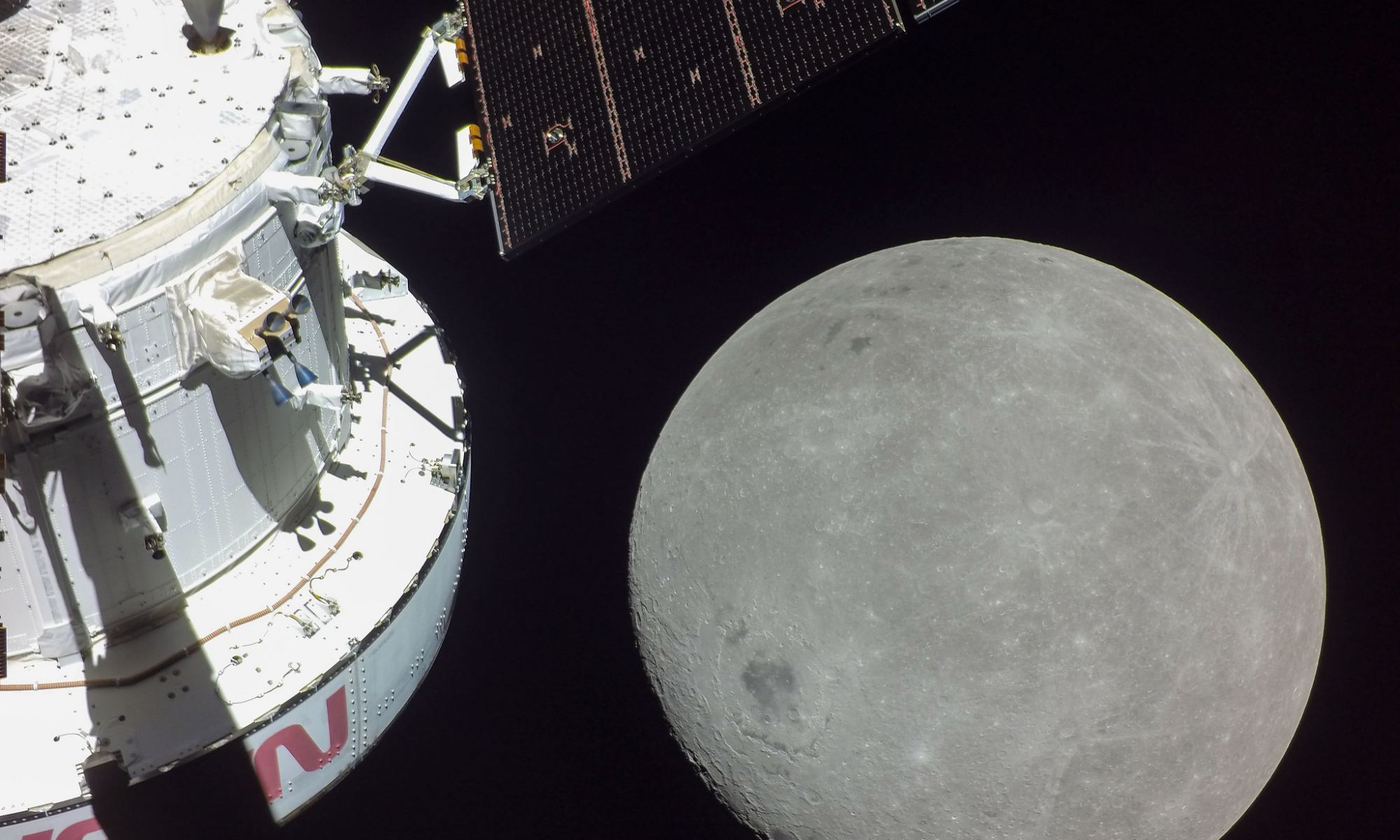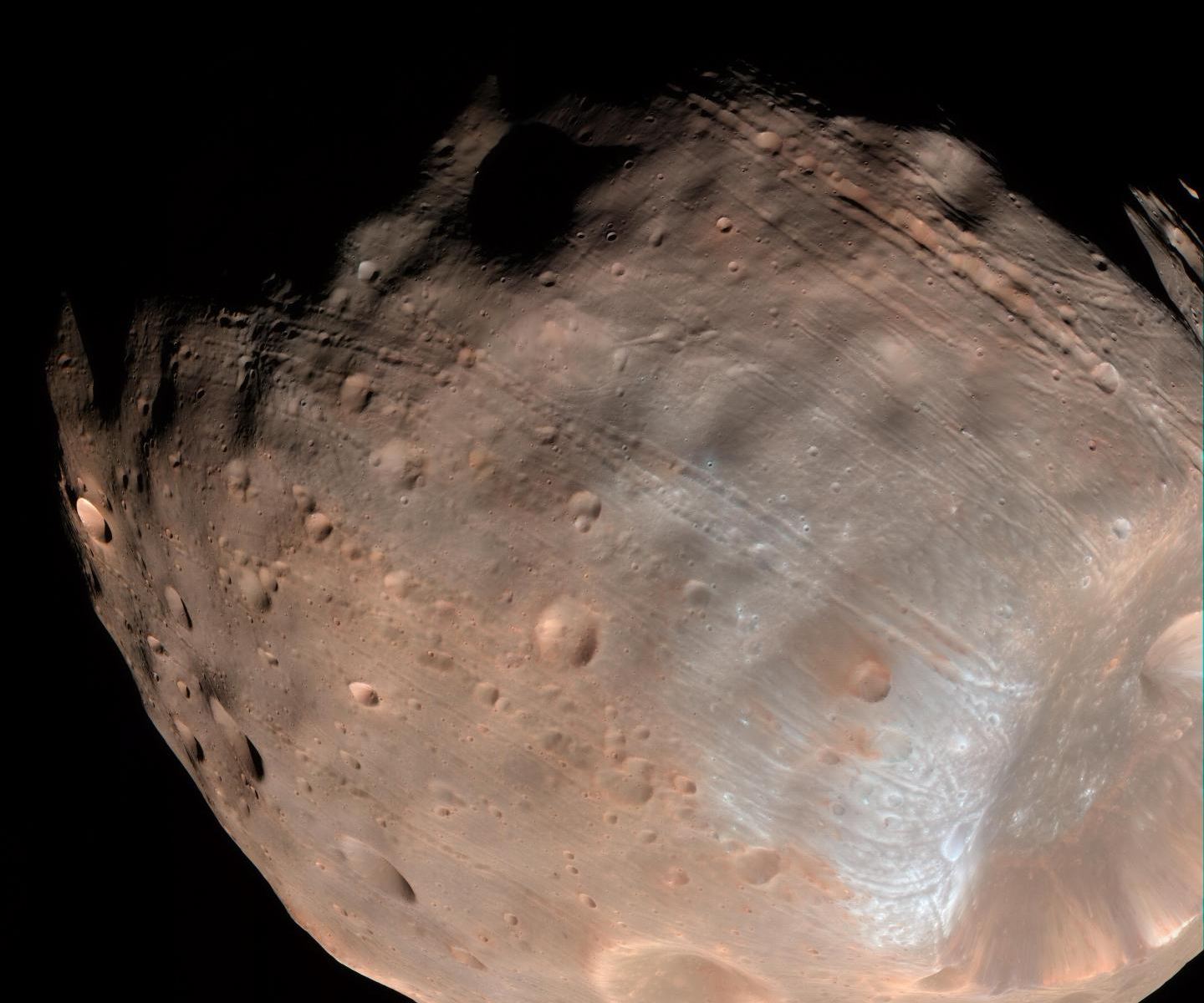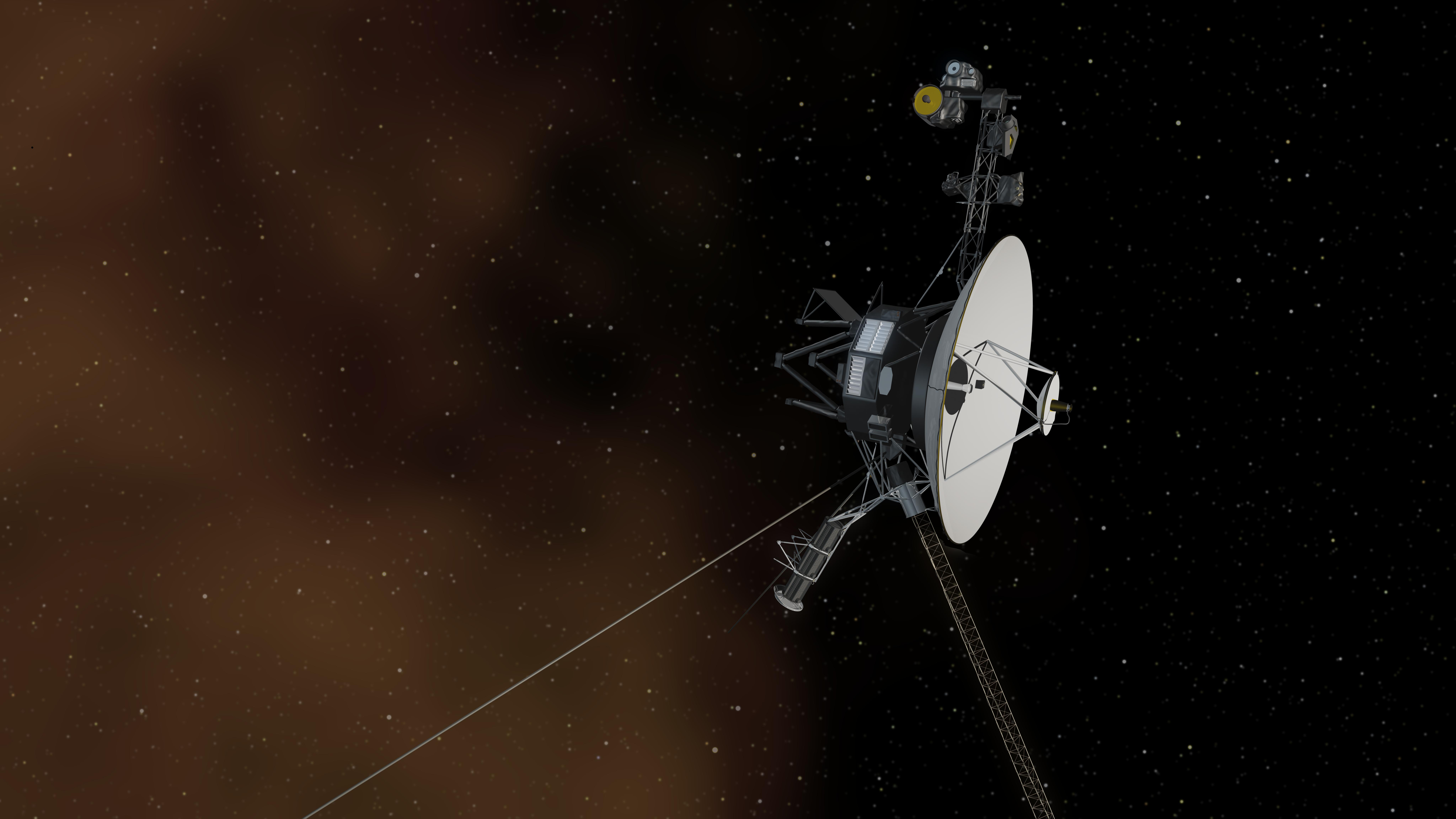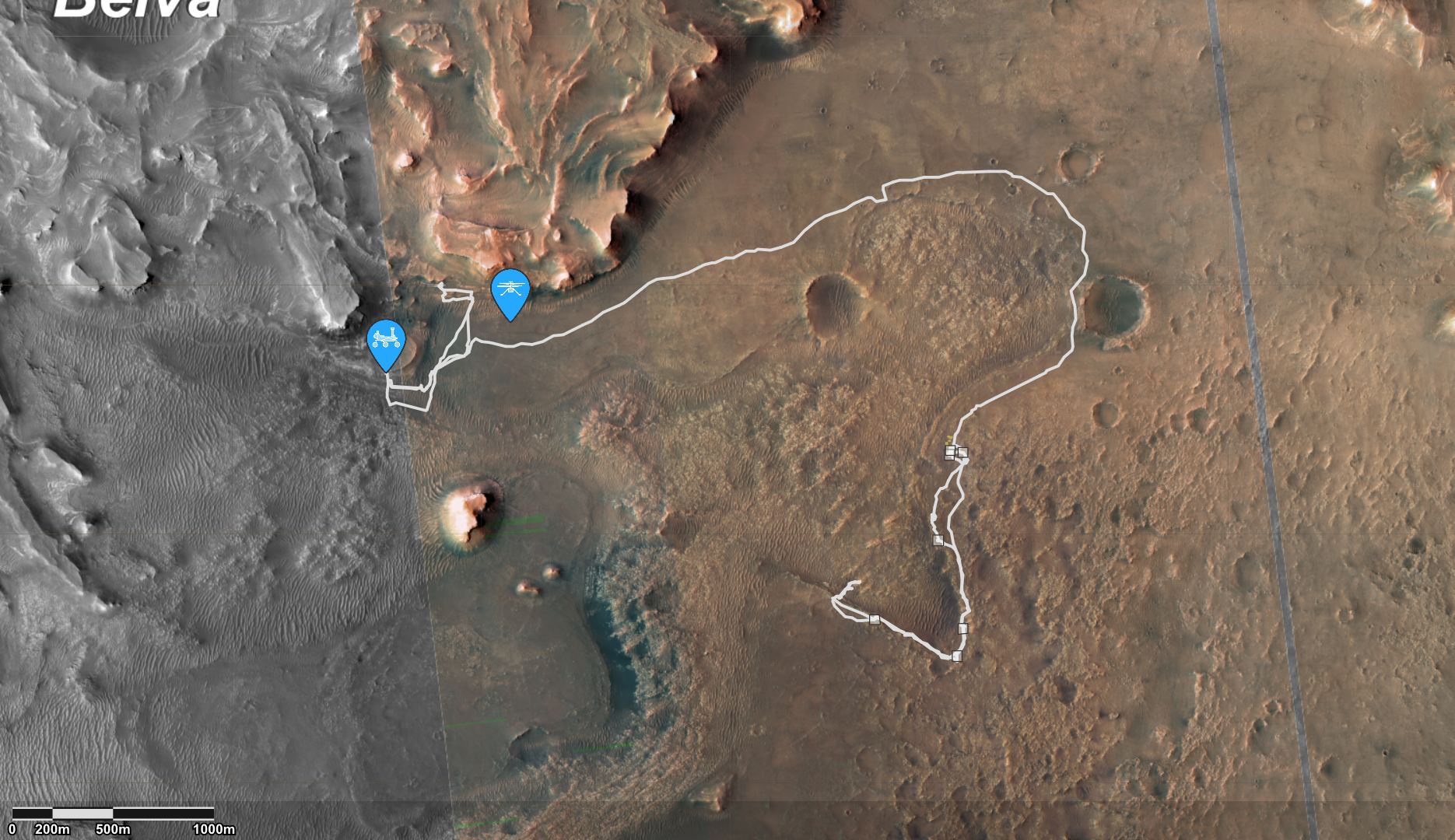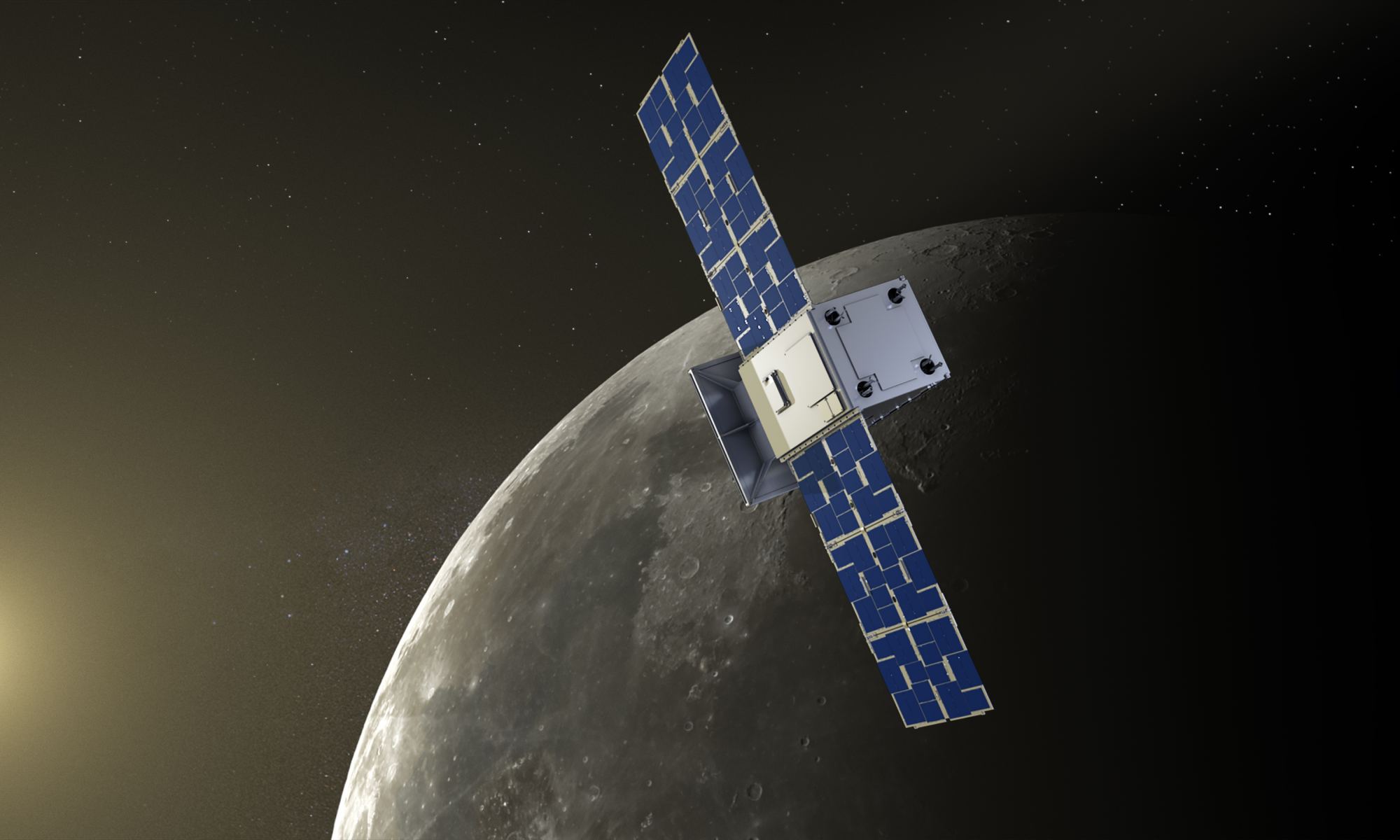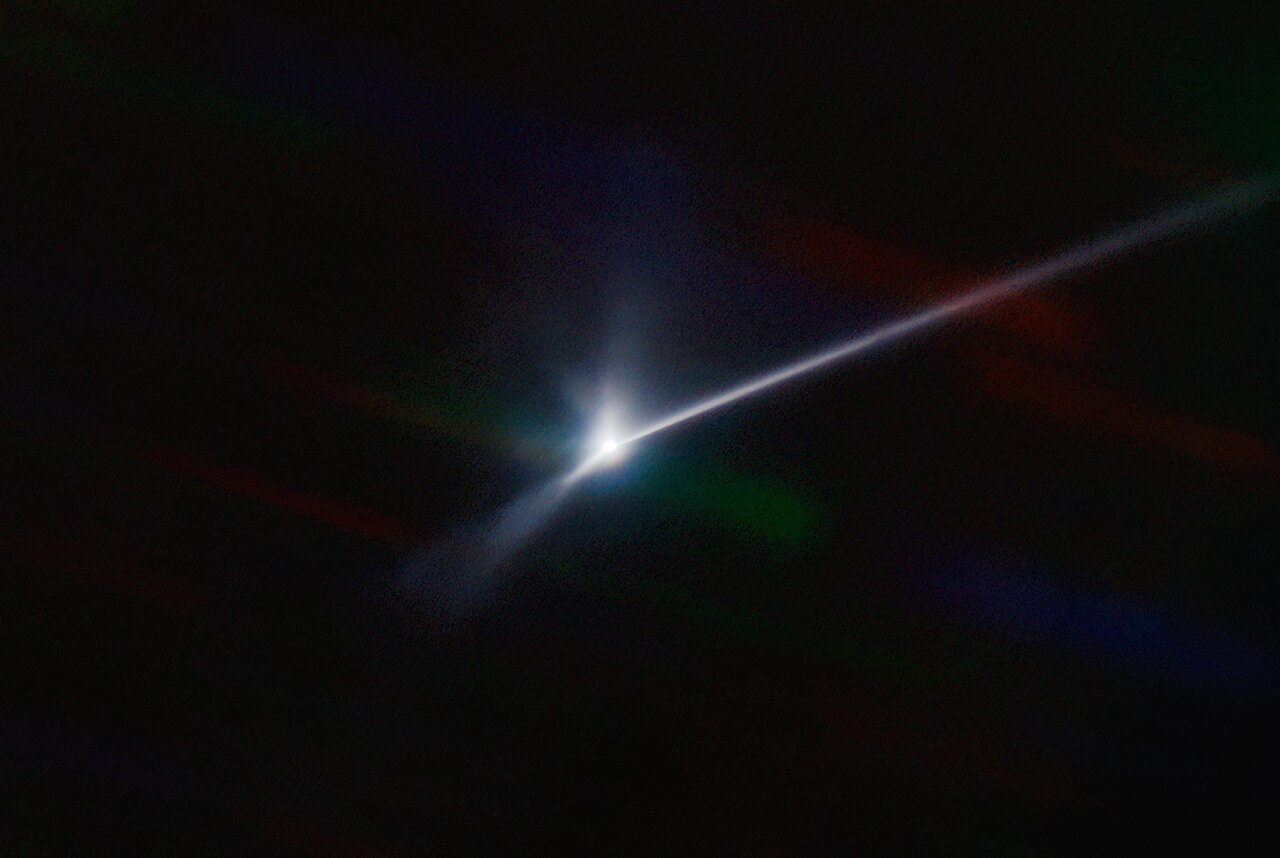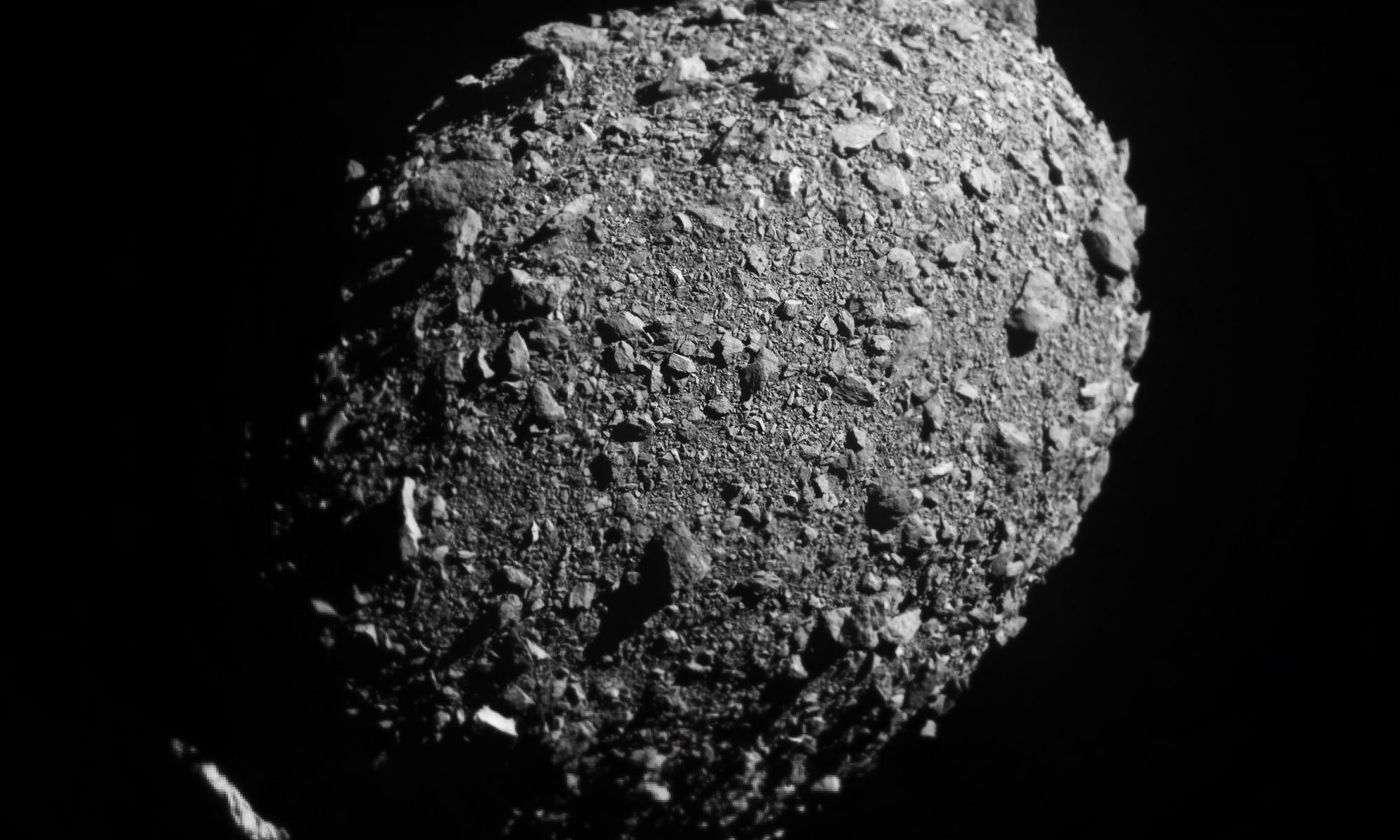A tiny spacecraft is ready to head out for a big job: shining a light on water ice at the Moon’s south pole.
Lunar Flashlight is a cubesat about the size of a briefcase, set to launch on December 1 on a SpaceX Falcon 9 rocket, sharing a ride with the Hakuto-R Mission to the Moon.
The tiny 14 kg (30 lb) spacecraft will use near-infrared lasers and an onboard spectrometer to map the permanently shadowed regions near the Moon’s south pole, where there could be reservoirs of water ice.
“If we are going to have humans on the Moon,” said Barbara Cohen, Lunar Flashlight principal investigator, “they will need water for drinking, breathing, and rocket fuel. But it’s much cheaper to live off the land than to bring all that water with you.”
Continue reading “Tiny Cubesat Will Shine an Infrared ‘Flashlight’ Into the Moon’s Shadowed Craters, Searching for Water Ice”
